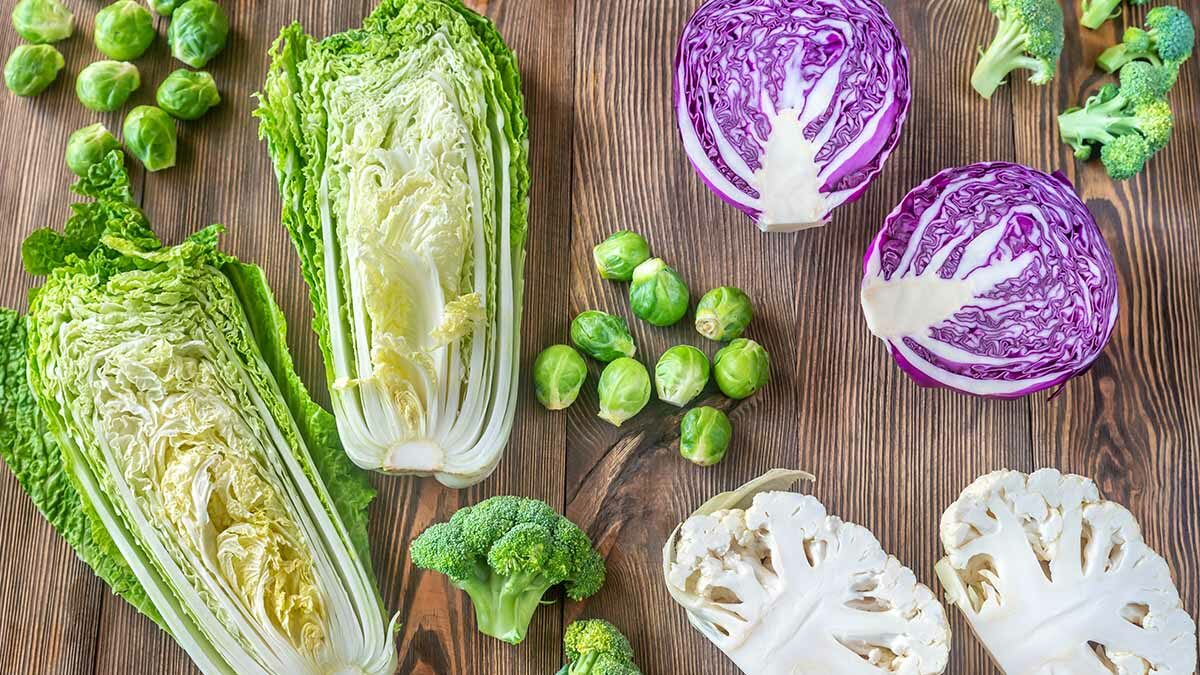It might seem that our skin is the first line of defense between our insides and the outside world, but our greatest interface with our environment is actually through the lining of our intestines, which covers thousands of square feet. And all that separates our gut from the outer world is a single layer of cells, 50 millionth of a meter thick – less than the thickness of a sheet of paper.
Compare that to our skin. In the video, The Broccoli Receptor: Our First Line of Defense, you can see a layer of skin, dozens of protective cells thick, to keep the outside world outside of our bodies. Why don’t we have multiple layers in our gut wall? Because we need to absorb stuff from food into our body. It’s a good idea for our skin to be waterproof, so we don’t start leaking, but the lining of our gut has to allow for the absorption of fluids and nutrients.
With such a thin, fragile layer between our sterile core and outer chaos, we better have quite a defense system in place. Indeed, that’s where “intraepithelial lymphocytes” come in.
Intraepithelial lymphocytes serve two functions: they condition and repair that thin barrier, and they provide a front-line defense against intestinal pathogens. These critical cells are covered with Ah receptors. Ah receptors are like locks, and for decades researchers have been searching for a natural key to fit in these locks to activate those receptors and sustain our immunity. We recently discovered a key: broccoli.
Cruciferous vegetables—broccoli, kale, cauliflower, cabbage, Brussels sprouts—contain a phytonutrient that is transformed by our stomach acid into the key that fits into the Ah receptor, stimulating our intraepithelial lymphocytes. In other words, broccoli leads to the activation of our immune foot soldiers.
In an editorial about Ah receptors and diet, researcher Lora V. Hooper from the Howard Hughes Medical Institute noted, “From childhood we learn that vegetables are good for us, and most of us eat our veggies without giving much thought to the evidence behind this accepted wisdom or to the mechanisms underlying the purported health-boosting properties of a vegetable-rich diet.” But now we know that “specific dietary compounds found at high levels in cruciferous vegetables such as broccoli, cauliflower, and cabbage are essential for sustaining intestinal immune function.” Green vegetables are in fact required to maintain a large population of those protective intraepithelial lymphocytes.
Maybe that’s why vegetable intake is associated with lower risk of inflammatory bowel diseases such as ulcerative colitis, whereas the more meaty Western diet is associated with higher risk of inflammatory bowel diseases. This may be because the activating receptors on our intestinal immune cells are basically sensors of plant-derived phytochemicals.
This raises a broader question: Why did our immune system evolve this requirement for broccoli and other plant foods? Well, when do we need to boost our intestinal defenses the most? When we eat! That’s when we may be ingesting pathogens. Linking heightened intestinal immune activation to food intake could serve to bolster immunity precisely when it is needed. At the same time, this would allow energy to be conserved in times of food scarcity, since maintaining these defenses takes considerable amounts of energy. Why remain at red alert 24 hours a day when we eat only a couple of times a day? We evolved for millions of years eating mostly weeds—wild plants, dark green leafy vegetables (or as they were known back then, leaves). By using veggies as a signal to upkeep our immune system, our bodies may be bolstering our immune defenses when we most need them. Thus, the old recommendation to “eat your veggies” has a strong molecular basis. (Did we really evolve eating that many plant foods? See my video Paleolithic Lessons).
This discovery has been all exciting for the drug companies who are looking into Ah receptor active pharmaceuticals. “However,” as one research team at Cambridge concluded, “rather than developing additional anti-inflammatory drugs, changing diets which are currently highly processed and low in vegetable content, may be a more cost effective way towards health and well-being.”
As remarkable as this story is, it is just the tip of the cruciferous iceberg! See, for example:
- Prolonged Liver Function Enhancement From Broccoli
- Broccoli Versus Breast Cancer Stem Cells
- The Best Detox
- DNA Protection from Broccoli
- Prevent Breast Cancer by Any Greens Necessary
How else can we protect our immune function? Exercise (Preserving Immune Function In Athletes With Nutritional Yeast)!
Given the variety and flexibility of most mammalian diets, a specific dependence on cruciferous vegetables for optimal intestinal immune function would seem overly restrictive, no? I address that in my video, Counteracting the Effects of Dioxins
-Michael Greger, M.D.
PS: If you haven’t yet, you can subscribe to my videos for free by clicking here and watch my full 2012 – 2015 presentations Uprooting the Leading Causes of Death, More than an Apple a Day, From Table to Able, and Food as Medicine.
